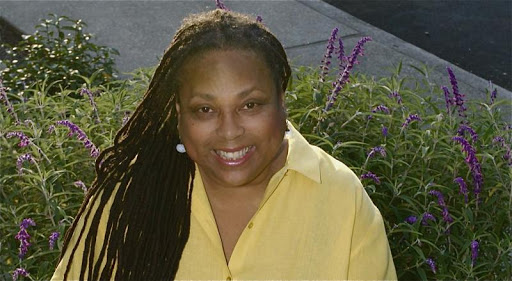One theme I often see pop in my comments is color-blindness. In an extreme view, this theory holds that if racial and ethnic divisions are eliminated from our language, they will then be eliminated from our consciousness and thus from society in general. This theory is often argued with reference to Rev. Martin Luther King’s “dream” of a world where people “will not be judged by the color of their skin, but by the content of their character.” (Oft misinterpreted.) The root false premise under the many different extensions of this theory is the notion that racial bias is something learned and does not develop independently—that people are inherently color-blind.
Which brings me to a point made the other day. How to raise racist kids?
Step One: Don’t talk about race. Don’t point out skin color. Be “color blind.”
Step Two: Actually, that’s it. There is no Step Two.
Congratulations! Your children are well on their way to believing that <insert your ethnicity here> is better than everybody else.
Po Bronson and Ashley Merryman’s book and column NurtureShock get straight to the heart of this issue by using that ever-so-hated bane of the uneducated: empirical inquiry!
What Bronson and Merryman discovered, through various studies, was that most white parents don’t ever talk to their kids about race. The attitude (at least of those who think racism is wrong) is generally that because we want our kids to be color-blind, we don’t point out skin color. We’ll say things like “everybody’s equal” but find it hard to be more specific than that. If our kids point out somebody who looks different, we shush them and tell them it’s rude to talk about it. We think that simply putting our kids in a diverse environment will teach them that diversity is natural and good.
Color-blindness is where good intentions are led astray by woeful ignorance. What Bronson and Merryman’s studies demonstrate (which we already knew from plenty of personal anecdote) is that kids can arrive at deplorable racial conclusions without their parents’ help. The thought can be chilling—we’re inherently not as open-minded as we’d like to think we are. So does that mean racism is inevitable and all resistance is futile?
I bring up the false premise of inherent color-blindness because understanding the flaws in this premise lead us to seeing the problems in the notions that arise from it—such as the flawed notion is that racism is a problem that can be solved.
Some of humanity’s afflictions can be solved and some can be managed. For example, smallpox was solvable, yet cancer has to be managed. Through policy, education, screening, research and ever improving treatments, we can reduce various cancer mortality rates to almost zero. But once at (near) zero, we can’t just pack our bags and go home because this achievement is only possible through the aforementioned concerted action. We need to manage the problem because, by its nature, it will always come back. Racism, like cancer, is a terrible problem that must be managed.
There’s a lot more to say here, especially with relation to our implicit biases. My point is to put another perspective on what’s been said before. By ignoring race, by whitewashing our rhetoric and by living up to a deluded standard of color-blindness, we perpetuate the painful racial segregation of our sanghas. We need to cultivate mindfulness, not dismissal, of this issue in order to overcome it—or, rather, properly manage it.
(Thanks to the Angry Asian Man for the heads up on this post!)



